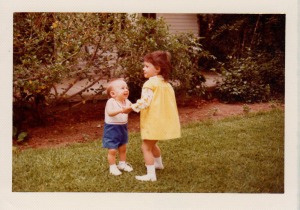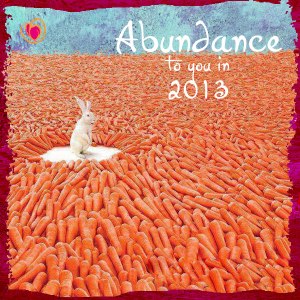Should learning to meditate be free? Should instructors be paid for sharing their expertise?
I’ve been thinking about these questions intensely since attending a recent meditation teacher training in which the answer was a resounding NO.
Without naming names, this training was offered for free by a local non-profit that has brought meditation into public schools, churches, the military, large corporations, prisons, hospitals–you name it. Although I already had formal training as a Mindfulness Based Stress Reduction teacher and other forms of meditation, I wanted to learn more about best practices for working in the public sector.
But the day left me feeling very frustrated and discouraged. We were told that we were not being certified as representatives of the organization, that they did not want any volunteers, and if we wanted to teach meditation on our own, we should should still follow their provided script and not bring in any other wisdom or techniques. They reiterated again and again that we should not charge for meditation instruction, period.
I felt confused. While I feel that meditation should be made accessible to all, those sharing their skills also need to make a living. How to balance those issues?
At the lunch break I sat with a few participants and informally polled them about their reasons for attending and intentions to teach meditation. Everyone had noble aspirations, from teaching their grandchildren to meditate, to working with battered women’s shelters, to making meditation available to non-English speakers. Sharing the benefits of a meditation practice with others is a beautiful thing; with that I could not argue.
Yet I had invested $2500 in my training as an MBSR teacher, not to mention the money I had spent learning bodywork modalities, yoga teacher training, and personal enrichment, trying to make myself a well-rounded teacher. Was I wrong to want to be compensated for my hard-earned expertise and experience?
I decided to press the instructor further on his financial model. If his organization has no outside funding, there are no paid employees, he doesn’t charge for his services, and this is his full time career, how does he support himself? I asked him this pointedly in front of the group and he replied, “How do I live? I live peacefully and happily.” It was all I could do not to flip him the bird.
I felt insulted, frankly. I am serious about my meditation practice and about sharing its benefits with others. I am just as serious about paying my rent on time and wanting to secure a future for myself. Money is not a dirty word; it’s just energy. Exchanging money for instruction in meditation seems acceptable to me. I have always donated some of my time and services to underserved populations, which is my way of making them accessible to those who might not be able to afford them.
After this experience I began to wonder, should people charge for meditation instruction? I mean, what could be more simple than focusing the attention on the breath? It’s the birthright of everyone on this planet. Everyone has the tools, yet I hear from people all the time that they want help in developing the skills, and some are willing to pay for that expertise.
But not all. Twelve years after starting my massage practice, two years after my yoga teacher training, and a year after my MBSR training, I am barely getting by financially. I am in my mid-40s and have never made more than $20k per year. I’m over it! I don’t aspire to be rich and enjoy living simply, but I would like to feel secure, knowing that I can pay my bills and be planning for my old age. Mindfulness was recently on the cover of Time magazine, evidence that it has become mainstream, yet here I am.
I’m not sure what I want to do with all this. I am planning to go back to graduate school in the fall and finish my master’s degree in library and information science, hoping it might lead to a better job where I can still help people. I’m not sure what to do with this blog, or my website, whether to market my teaching or where to put my energy.
I would really like to hear from people about whether meditation instruction has value, and whether to charge a fee or not. If you are “making it” as a spiritual teacher, let me know how. Is there a model that you think works well (e.g. a corporation sponsoring meditation instruction made available for free to participants)? Teachers, students, I want to hear from everyone.
Thank you!







